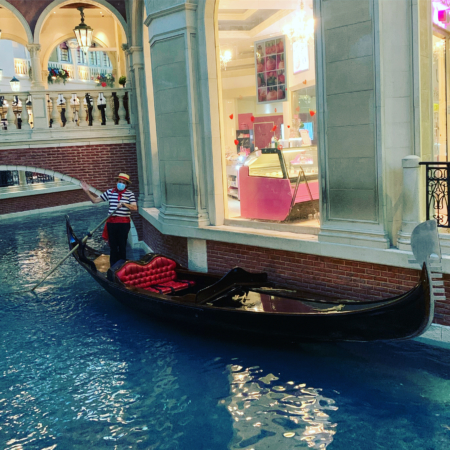
 The Gremillet family has been winegrowers for several generations and in 1979 decided to create Their own Champagne. The estate composed of 33 hectares of vineyards is situated in a small village 45 kilometers from Troyes, the historic capital of Champagne, 180 kilometers south of Paris.
The Gremillet family has been winegrowers for several generations and in 1979 decided to create Their own Champagne. The estate composed of 33 hectares of vineyards is situated in a small village 45 kilometers from Troyes, the historic capital of Champagne, 180 kilometers south of Paris.

The vines from which their Champagne is produced lie on steep, sun-drenched hillsides and interestingly enough, one out of every 1000 bottles of Champagne sold in the World was produced in their cellars.


This amazeing family produces a wide variety of Champagnes. On this very special night we had the opportunity to enjoy two of these historic Champagnes.
The Greediness
The Blend : 100% Pinot Noir.
In the Glass : A genuine rosé with a pretty, deep pink, sun-drenched hue. Bright, luminous and limpid with fine, colorful, lively bubbles.
The Nose : The nose surprised us with a nice blend of freshly picked red fruit that moved into the palate .
The Palate : On the palate its is fruit came through and linger into the finish. The bubbles kept us entertained with a variety of fruit from cherry to blackberries and even strawberry with each sip.

We moved on to our next heavenly treat with their blend of Pinot Noir and Chardonnay.
"Noble"
The Blend: 50% Pinot Noir, 50% Chardonnay.
In the Glass : This Champagne showed us a golden bright color with creamy bubbles.
On the Nose : Delicate aromas of earth and flowers give way to a slight mint and vegital notes.
On the Palate : The Champagne was rich and luscious with as nice marraige of flavors and structure..
Champagne is a very complicated process that requires allot of hard work and patience. Having Champagne maker Jean-Christophe Gremillet at our table provided us the perfect opportunity to learn first hand about "the life" of Champagne. J

 This is best illustrated by the dormant state of the buds that do not show any form of growth during this period. The vines continue to feed on their stored nutriments and resist temperatures of -15 to -17°C.
This is best illustrated by the dormant state of the buds that do not show any form of growth during this period. The vines continue to feed on their stored nutriments and resist temperatures of -15 to -17°C.  This is the time when they prune the vines which consists in cutting back the stems thus reducing the number of buds to produce less grapes and therefore better quality.
This is the time when they prune the vines which consists in cutting back the stems thus reducing the number of buds to produce less grapes and therefore better quality.  As soon as the soil starts to warm up, the cellular activity starts to develop in the roots and the stems secrete moisture, thus the term ‘weeping’. This is the first visible sign that the vines are awakening from their winter rest to an active state.
As soon as the soil starts to warm up, the cellular activity starts to develop in the roots and the stems secrete moisture, thus the term ‘weeping’. This is the first visible sign that the vines are awakening from their winter rest to an active state.
This term refers to the gradual opening of the buds from which the shoots will develop and later the stems that produce the grapes.

The tiny flowers free their pollen that fertilizes the pistils from which the grapes will develop. This is known as the ‘setting’ of the vine.

The cells cease developing and the berries start to change from their bright green color to either black or pale green according to the grape variety. At this stage the berry will continue to swell and store nutritive elements. The colors deepen and the grapes develop their aroma and bouquet.

As soon as the grapes reach the stage where there is perfect balance between the level of acidity that continues to decrease and the level of sugar that continues to increase, the grapes are considered to have reached full maturity and are ready to pick. The harvest can begin. This is only the first stage of the Champagne's life.
Join Jean-Christophe Gremillet as he explains the rest of the Champagne making process to Scott of Vino Las Vegas



No comments:
Post a Comment